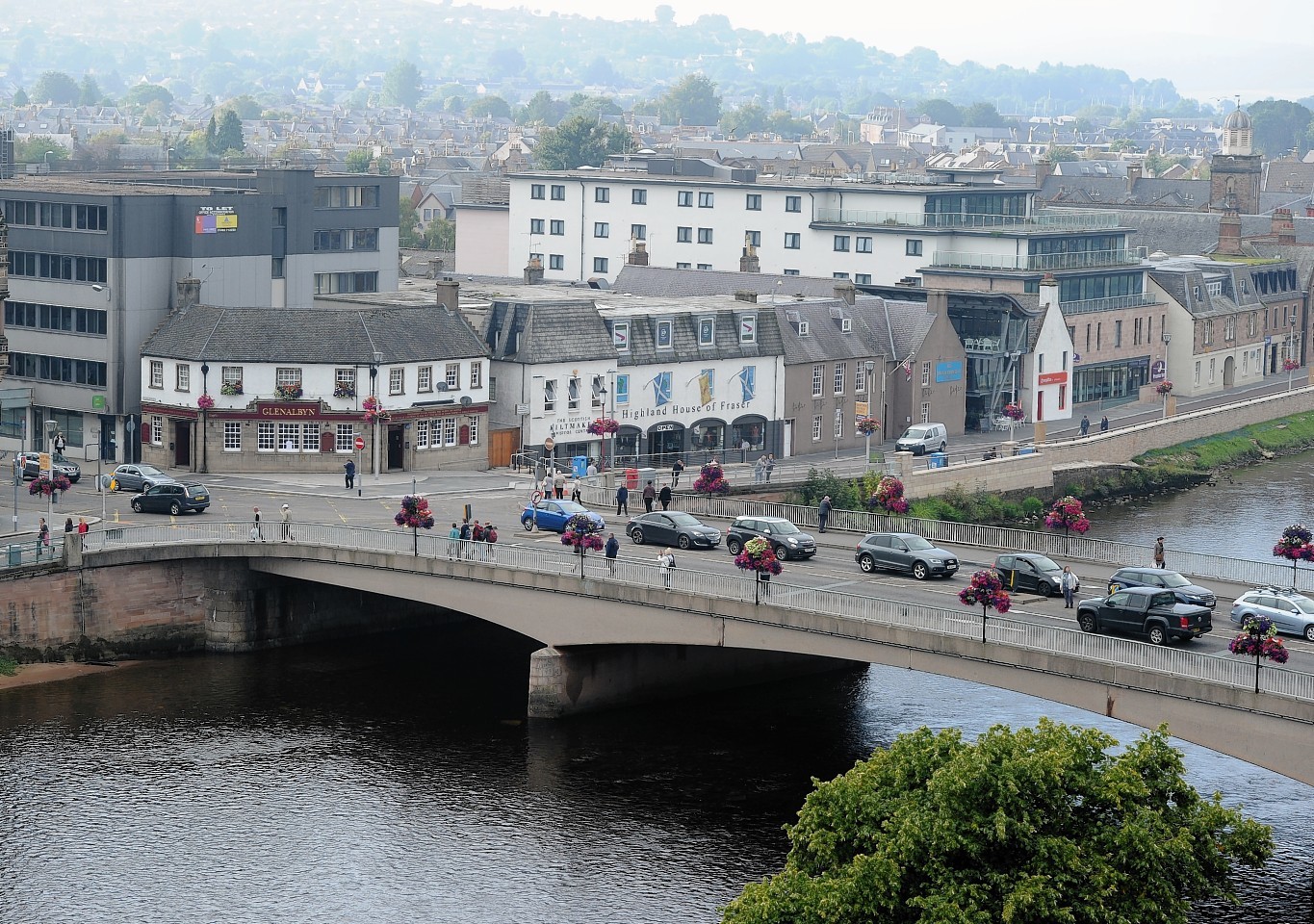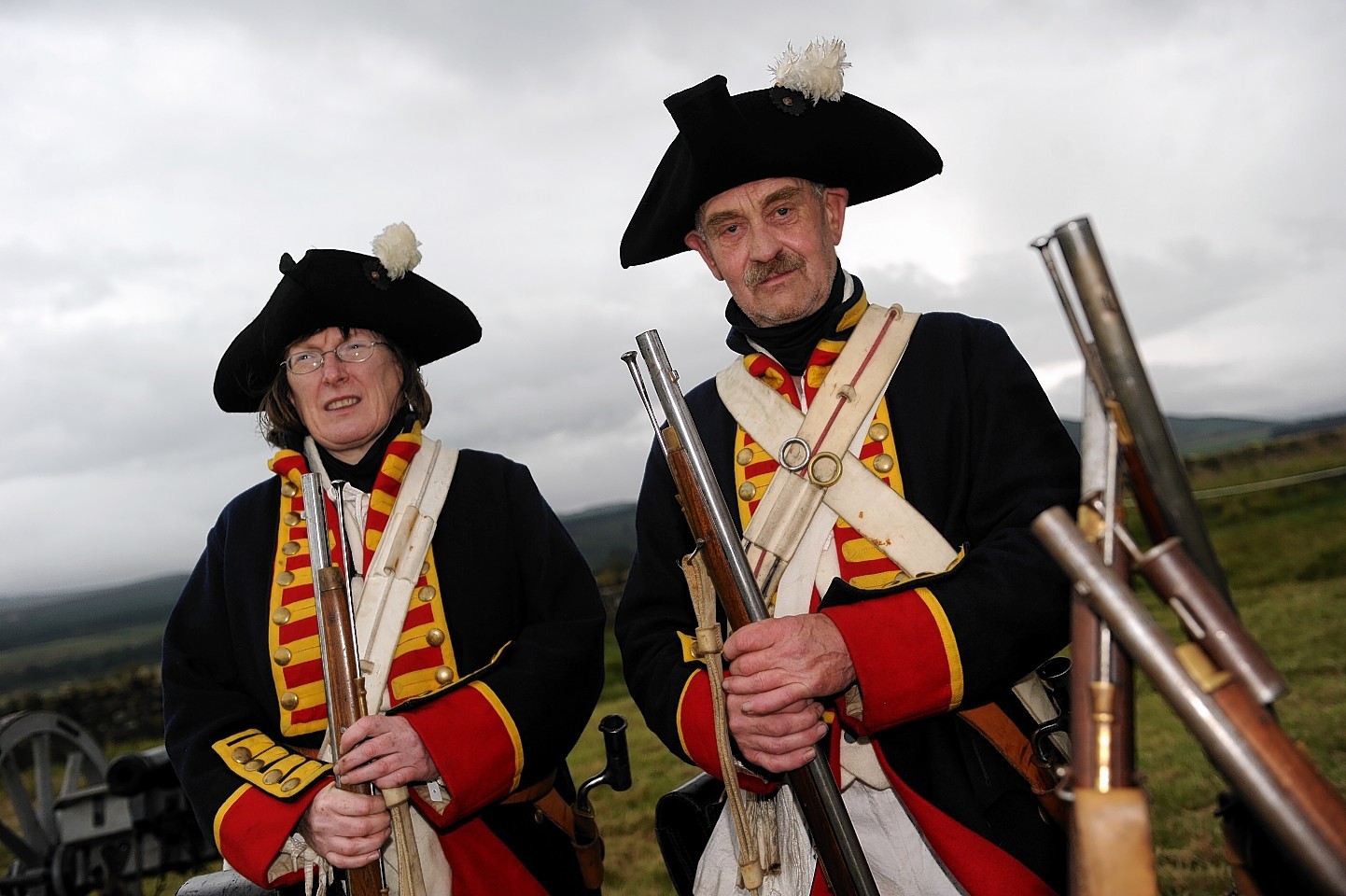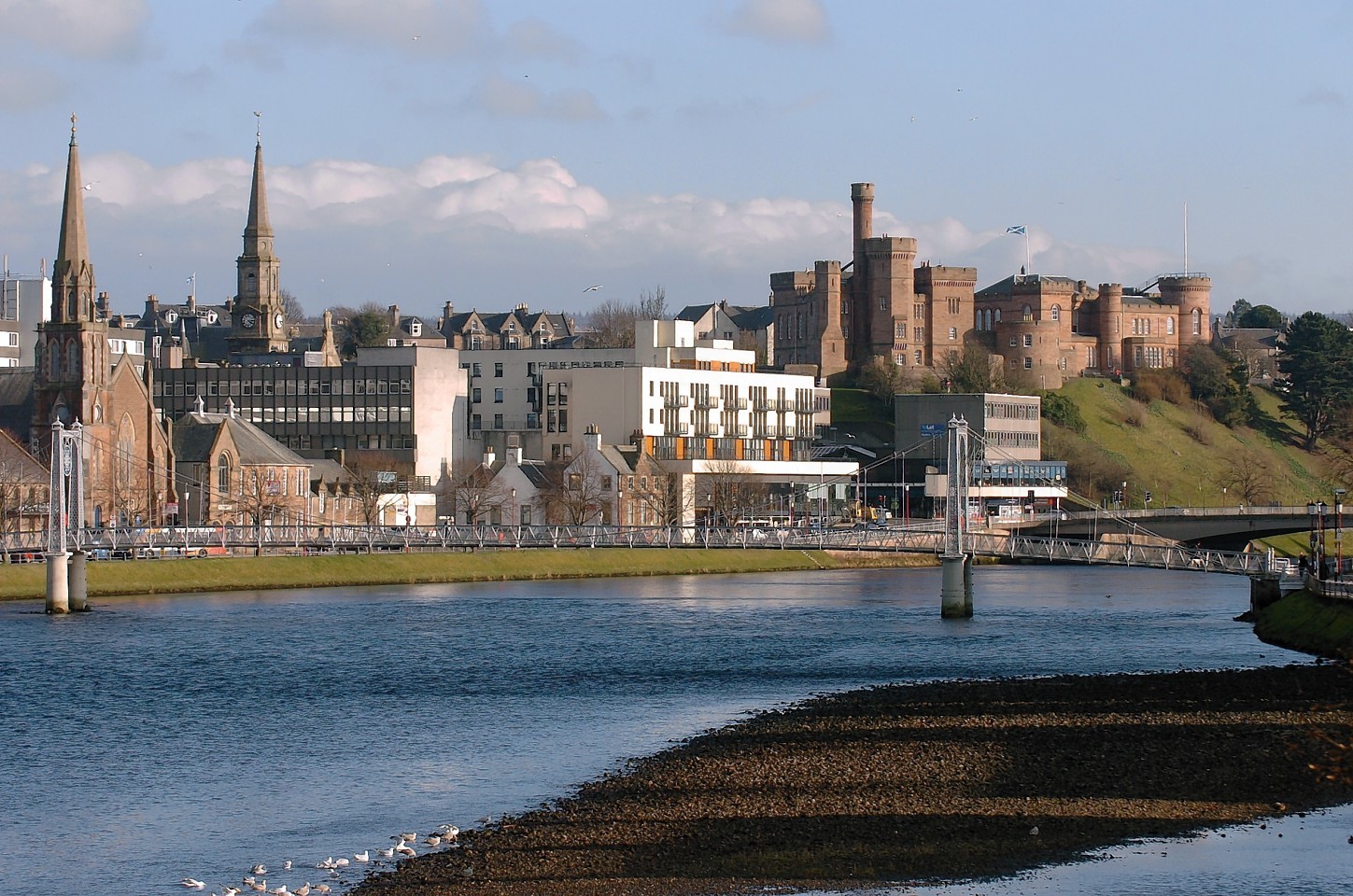The roots of Inverness are ancient, stretching back to Pictish times when King Brude had his fortress there in the 6th century.
Bloodshed and disaster which have played a major role in shaping the development of the city.
Its strategic location brought many conflicts, with Robert the Bruce among those who attacked the town in the early 14th century, destroying the castle. It was rebuilt during the 15th century.
Similar attacks continued through the Middle Ages, with various parts of Inverness burned down during the assaults.
But the town was rebuilt and prospered throughout the 16th and 17th centuries. New developments were made during this time, including a new stone bridge over the River Ness, replacing a wooden structure which collapsed.
And from 1652-57, Oliver Cromwell’s men built a citadel in Inverness. It was demolished in 1662 and now only the tower stands.
The 18th century brought more conflict to the town, during the Jacobite Uprisings and famously the Battle of Culloden took place to the east of the town 1746.
During this period, there were more and more important civic buildings erected, including Balnain House and Inverness Academy, which was located in Academy Street. Inverness also got its first bank in 1775.
Despite these grand additions, most of the houses were simple huts, with thatched roofs and clay floors.
Sitting on the Moray Firth, the town has always been an important port and the 19th century was characterised by further transport developments, including the Caledonian Canal.
Rail reached Inverness in the 1850s, making it easier for tourists to visit and for goods to be transported to other parts of the country.
More prominent buildings were erected, including the castle that we know today, the Town House, the Royal Northern Infirmary and the first public library and Inverness Cathedral. The town also gained a gas and water supply – and a sheep market.
However even by the end of the 19th century many houses in the town had thatched roofs and some still had clay floors.
But a major flood in 1849 left much of the town centre under several feet of water and destroyed the Ness Bridge, which had stood since the 17th century. It was replaced by a new bridge in 1855.
The main industries in Inverness during this period included shipbuilding, rope making, sail making, tanning and wool. In 1817 a sheep market began in Inverness.
By the early 20th century, the town’s population stood at 21,000 and it doubled in size during the century.
While the port remained a focus of industry, the town developed as a regional centre for shopping, boosted by the Eastgate Centre, which opened in the 1980s. Tourism also became a vital feature.
However many impressive buildings disappeared during this era as they demolished to make way to more modern developments.
A further legacy of the 1960s was the large office blocks on Bridge Street, which are often branded an eyesore by critics.
In 2000, Inverness finally became a city, one of six created to mark the new millennium. Early years were characterised by the rapid growth of housing on the outskirts, with the fledgling city branded one of the fastest developing areas in the UK.
By the last census in 2011, there were more than 67,000 residents in the city and surrounding area.
But major additions to the city centre have been few, with the most significant being the extension to the Eastgate Centre, where a second phase of expansion is now expected.
Millions of pounds was spent on the streetscape works in 2006-07 to revamp the Old Town and bring more people back to the struggling area. Kerbs and pavements were reconstructed with Caithness flagstones and granite to make the area more attractive.
More recently the Highland Council’s River Ness Flood Alleviation Scheme has just been completed between Ness Bridge and Friars Bridge. As well as the flood walls, this included a major overhaul of Bank Street and Huntly Street, where new pavements, seating and bins have been installed.
But like the Middle Ages, several prominent buildings in the city centre have been left scarred by fire.
The most serious blaze was at Viewhill House, which overlooks Castle Street. This 19th century mansion was under redevelopment when it was all but destroyed by fire in 2007.
Eight years on, it remains an empty shell, though there are plans to turn the ravaged building into apartments.
More recently in 2013, the Eastgate Hostel was badly damaged by fire. It too sits idle, with scaffolding erected around it for safety reasons.
And earlier this year, M&Co’s building in Academy Street was gutted by a major blaze. Like the hostel, it is now clad in scaffolding, blocking the road.
However it is hoped the shroud will be scaled back later this month, allowing two way traffic to return.


